- Category
- Latest news
Pentagon Goes Full Throttle: America’s Ammo Factories Enter Wartime Mode, Aiming for 100,000 Shells Monthly
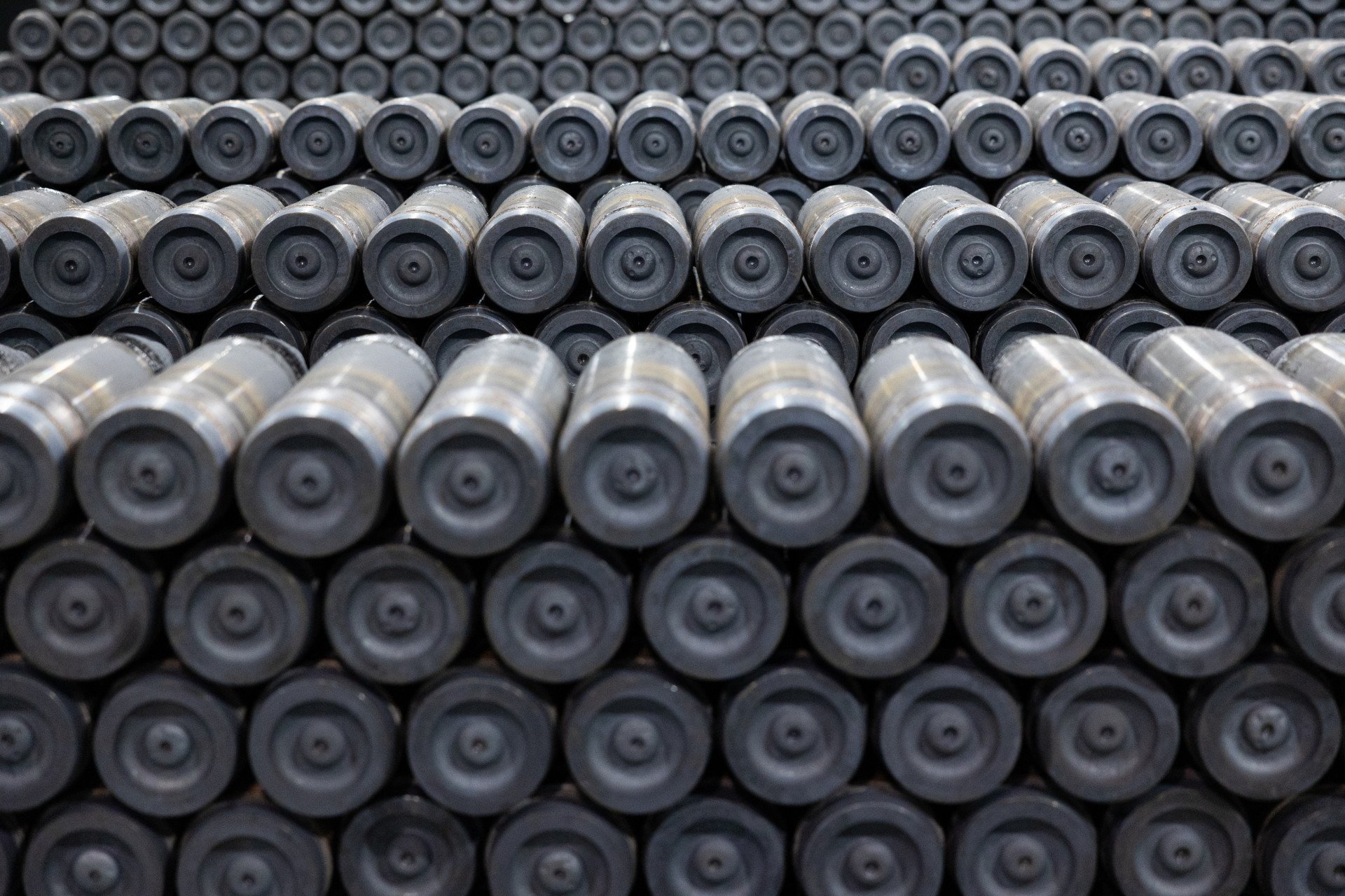
The United States plans to increase production of 155mm artillery shells to 100,000 units per month by October 2025, and expects to manufacture over 1 million 155mm shells in total in 2026.
The ambitious target is part of a broader effort by the Pentagon to significantly expand ammunition output in response to modern warfare demands, especially Russia’s full-scale invasion of Ukraine, according to reporting by German media outlet Soldat & Technik on June 19.
Currently, US factories are producing around 40,000 shells monthly—a figure that has already tripled since pre-2022 levels, when monthly production stood at roughly 14,500.
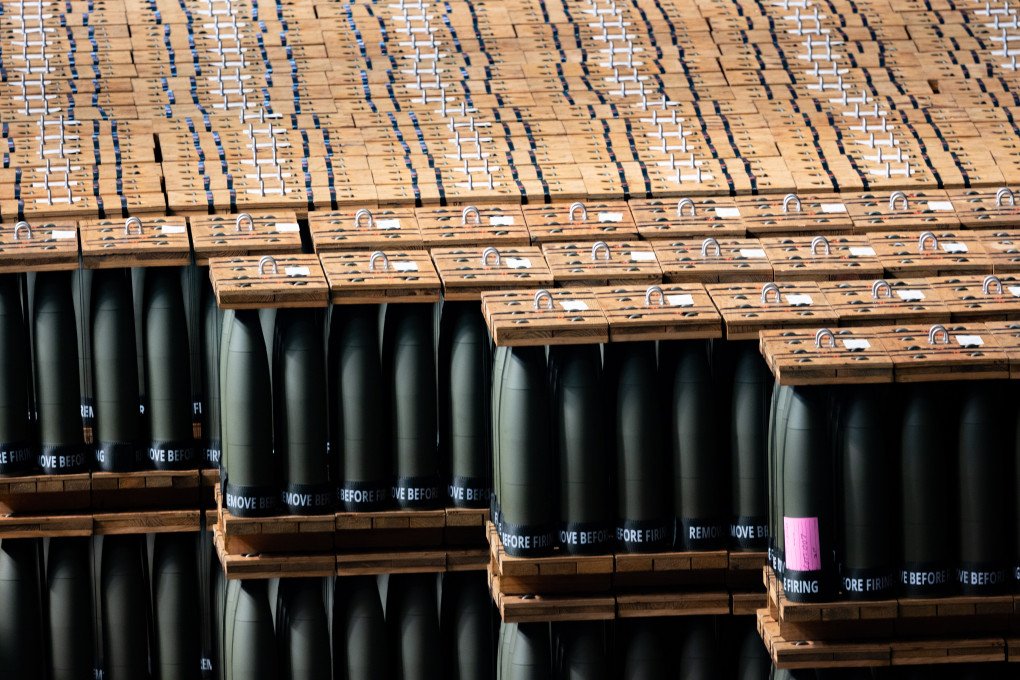
Despite falling short of previous goals set for spring 2025, Pentagon officials remain confident they can hit the 100,000/month milestone by early 2026.
Lagging behind schedule
In a June 2025 interview with Defense One, US Army ammunition program executive John Rehm confirmed the current output remains at 40,000 shells per month.
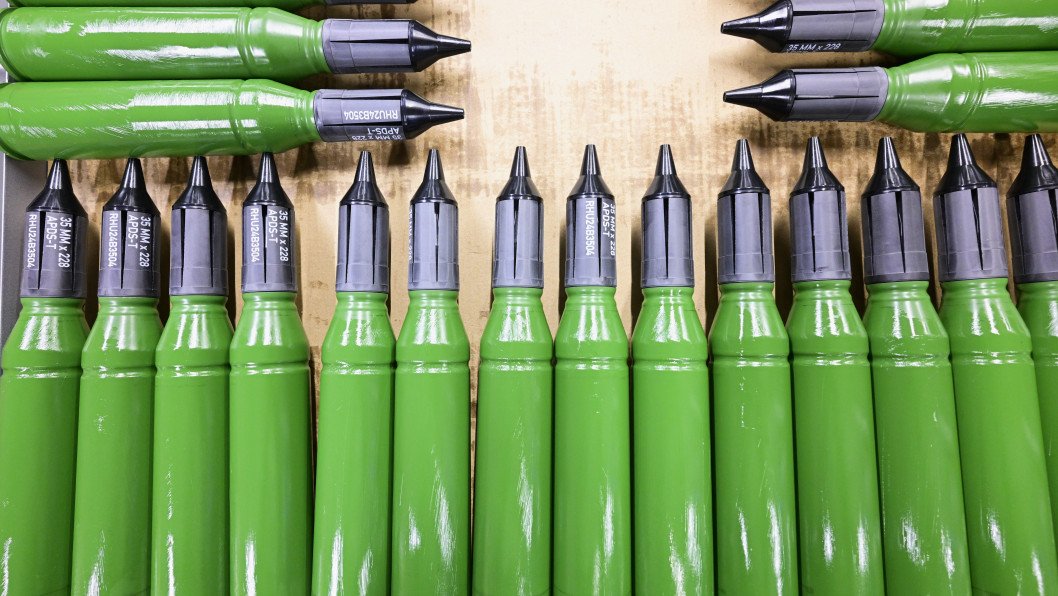
This figure lags behind earlier plans announced in February 2024, which aimed to reach 75,000 shells per month by April 2025 and 100,000 by October.
Still, production has made remarkable strides since 2022. The US Department of Defense has invested nearly $5 billion into expanding domestic manufacturing capabilities, upgrading aging infrastructure, and launching new plants to support the increased demand.
From WWII legacy to modern output
Unlike many NATO nations, the United States operates a government-owned, military-run munitions industry, much of it dating back to World War I and World War II. Some legacy plants have been upgraded; others shuttered.
Until recently, all 155mm shell casings were produced at a single Scranton, Pennsylvania, facility and a nearby private plant. The casings were then shipped to Iowa for explosive filling. That process is now being decentralized and modernized.
In May 2024, a new casing plant opened in Texas with the capacity to produce up to 30,000 casings per month once fully operational.
Reviving TNT production
The United States is also set to resume domestic production of TNT (trinitrotoluene)—a key explosive compound not manufactured domestically since the 1980s. Until now, the US has relied entirely on imported TNT.
-0fb2ae4b19378976e0bf42d513494bf7.jpg)
A new facility in Graham, Kentucky, will be built by Repkon USA—the American branch of Turkish artillery munitions firm Repkon—to supply TNT for artillery needs.
Officials say this step is crucial for improving the reliability and self-sufficiency of the US ammunition supply chains.
Real bottleneck: complete rounds
While shell production has surged, assembling complete rounds—which include the shell, propellant charge, and detonator—remains the bigger challenge.
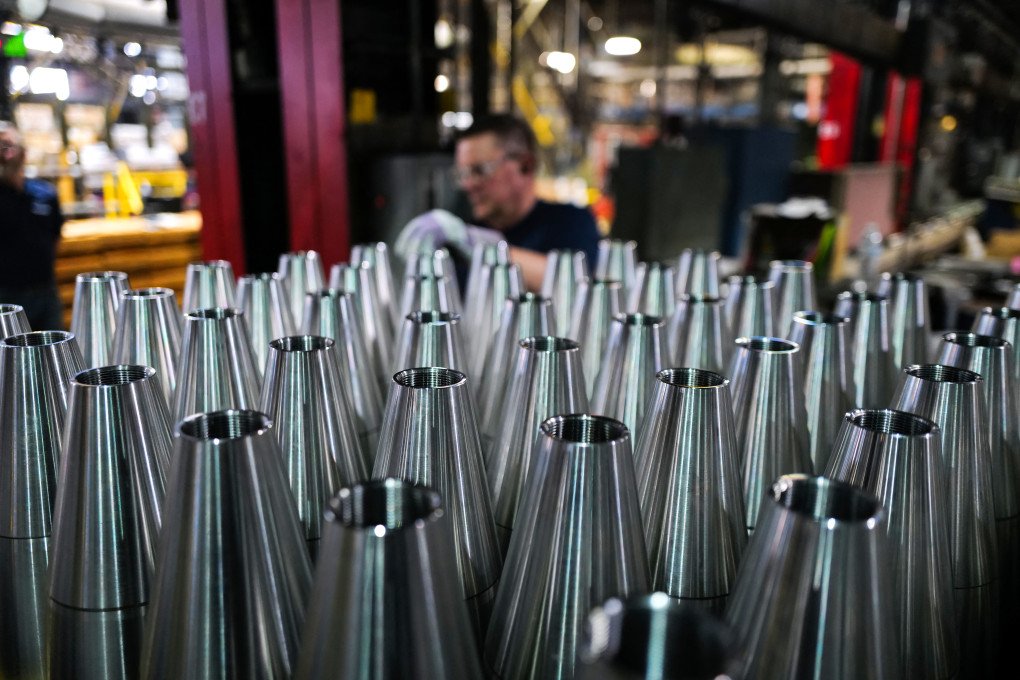
According to Ukrainian defense media outlet Defence Express, while 40,000 shell casings were produced in September 2024, only 18,000 fully assembled 155mm rounds were completed due to a shortfall in propellant and fuse components.
The discrepancy highlights a critical gap: shells without charges or detonators cannot be fired.
This lag is largely attributed to a shortage of gunpowder and propellant production, which until now has been concentrated at a General Dynamics facility in Valleyfield, near Montreal, Canada.
To solve the problem, the US is moving propellant production stateside, with new capacity being built at American Ordnance plants in Middletown, Iowa, and Camden, Arkansas, alongside a new General Dynamics site.
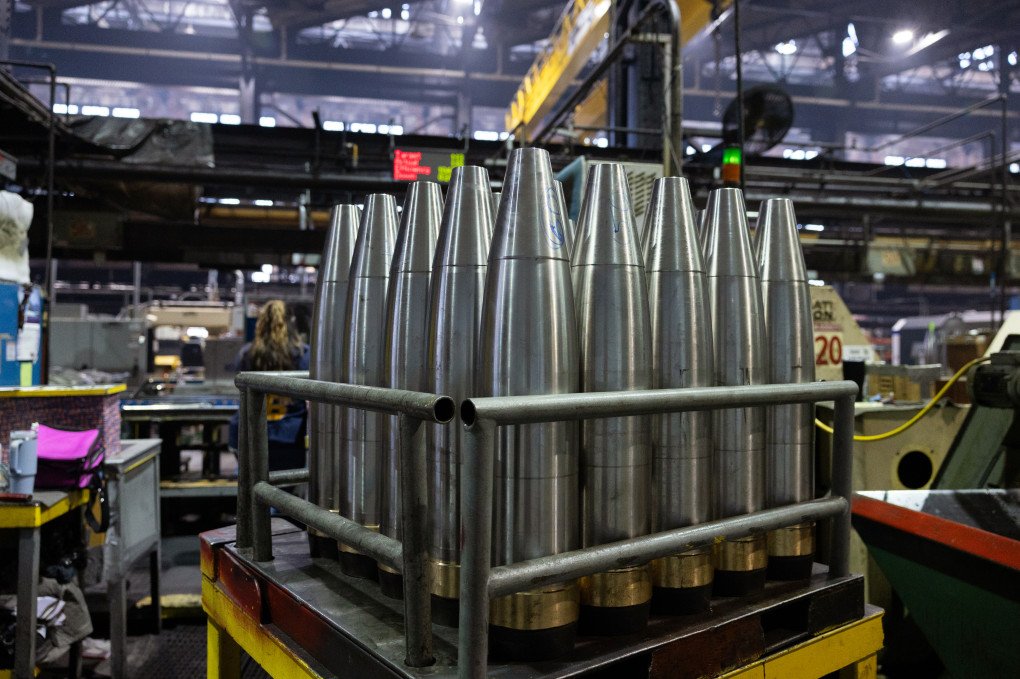
The Pentagon estimates that manufacturing 100,000 complete 155mm rounds monthly will require 66,000 tons of explosives—a figure that previously necessitated heavy import reliance.
Despite setbacks, experts say the American defense industry has made significant strides. In just eight months, the US doubled its monthly output of complete artillery rounds, an achievement that points to promising upward momentum as 2026 approaches.
Earlier, the US Department of Defense announced that D&M Holding Company launched a new ammunition manufacturing facility in Ukraine.


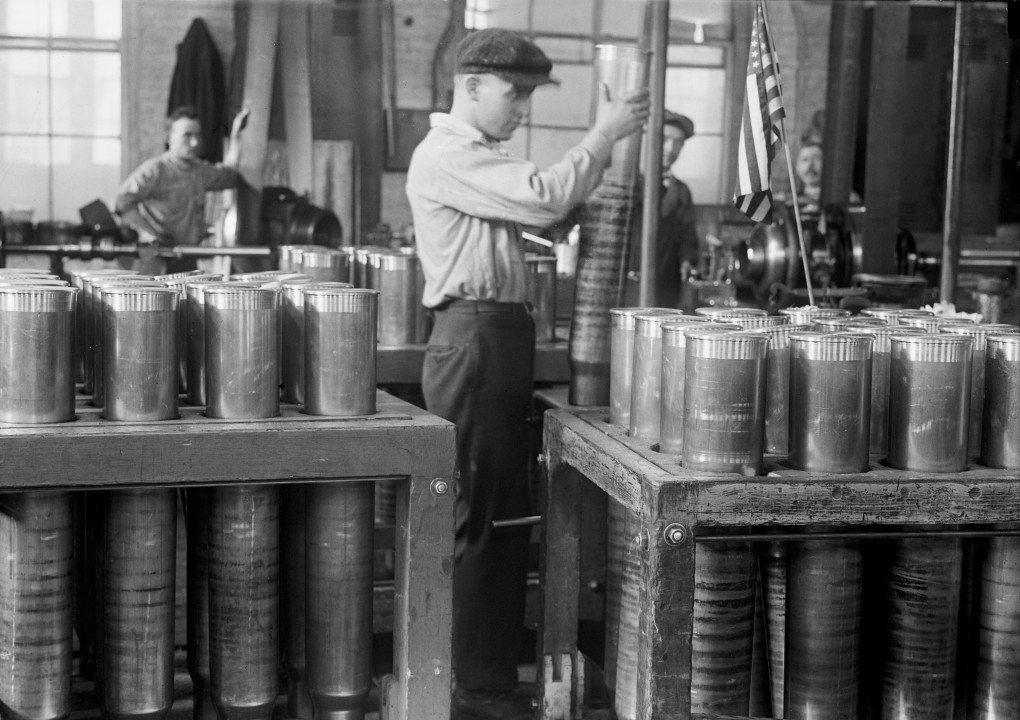

-45ed3be17a7bb74903649ed9258196f8.jpg)
-72b63a4e0c8c475ad81fe3eed3f63729.jpeg)



